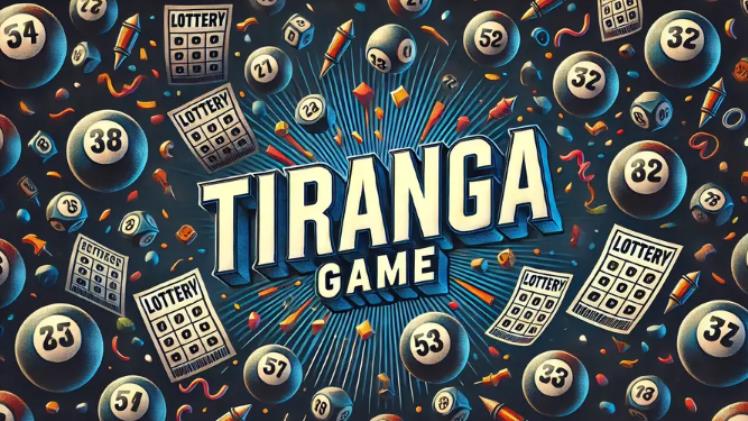Detecting Bias in Color Prediction Game Algorithms
In the realm of artificial intelligence and machine learning, algorithms play a pivotal role in shaping user experiences. One area where this is particularly evident is in color prediction games, which have gained popularity in recent years. These games often rely on algorithms to predict user preferences based on their interactions. However, as with any algorithmic system, there is a risk of bias creeping into the predictions. This article explores the importance of detecting bias in color prediction game algorithms and the implications it has for users and developers alike.
Understanding Algorithmic Bias
Algorithmic bias occurs when an algorithm produces systematically prejudiced results due to erroneous assumptions in the machine learning process. In color prediction games, this bias can manifest in various ways, such as favoring certain colors over others based on demographic data or user behavior patterns. Understanding the sources of bias is crucial for developers aiming to create fair and inclusive gaming experiences.
Sources of Bias in Color Prediction Algorithms
There are several sources of bias that can affect color prediction algorithms. One significant source is the training data used to develop these algorithms. If the data is not representative of the entire user base, the algorithm may learn to favor certain colors that are overrepresented in the dataset. Additionally, the design of the algorithm itself can introduce bias. For instance, if the algorithm is programmed to prioritize certain color combinations based on historical data, it may inadvertently exclude less common but equally valid preferences.
Consequences of Bias in Gaming
The consequences of bias in color prediction games can be far-reaching. For players, biased algorithms can lead to a frustrating experience where their preferences are not accurately represented. This can diminish user engagement and satisfaction, ultimately affecting the game’s success. For developers, failing to address bias can result in negative feedback and reputational damage. Moreover, it raises ethical concerns about fairness and inclusivity in gaming.
Methods for Detecting Bias
Detecting bias in color prediction algorithms requires a multifaceted approach. One effective method is to conduct a thorough analysis of the training data. Developers should assess the diversity of the dataset and ensure it includes a wide range of color preferences from various demographic groups. Additionally, implementing fairness metrics can help quantify bias in algorithmic predictions. These metrics can provide insights into how different user groups are affected by the algorithm’s decisions.
Testing and Validation
Once potential biases have been identified, it is essential to test and validate the algorithm. This can be done through A/B testing, where different versions of the algorithm are deployed to different user groups. By comparing the performance of these versions, developers can identify any disparities in user experience and make necessary adjustments. Continuous monitoring is also vital, as user preferences may evolve over time, necessitating updates to the algorithm.
Best Practices for Developers
To mitigate bias in color prediction algorithms, developers should adopt best practices throughout the development process. This includes diversifying training datasets, regularly auditing algorithms for bias, and involving a diverse team in the design and testing phases. Additionally, transparency is key; developers should communicate openly with users about how their data is used and how predictions are made. This fosters trust and encourages user feedback, which can be invaluable in identifying and addressing bias.
The Future of Color Prediction Games
As technology continues to advance, the potential for bias in color prediction algorithms will remain a critical issue. However, by prioritizing fairness and inclusivity, developers can create more engaging and enjoyable gaming experiences. The future of color prediction games lies in the ability to adapt to user preferences while ensuring that all players feel represented and valued. By actively working to detect and eliminate bias, the gaming industry can move towards a more equitable landscape.
Conclusion
Detecting bias in color prediction game at daman app algorithms is not just a technical challenge; it is a moral imperative. As developers strive to create algorithms that accurately reflect user preferences, they must remain vigilant against the risks of bias. By employing robust detection methods, adhering to best practices, and fostering an inclusive environment, the gaming industry can ensure that color prediction games are enjoyable for everyone.







